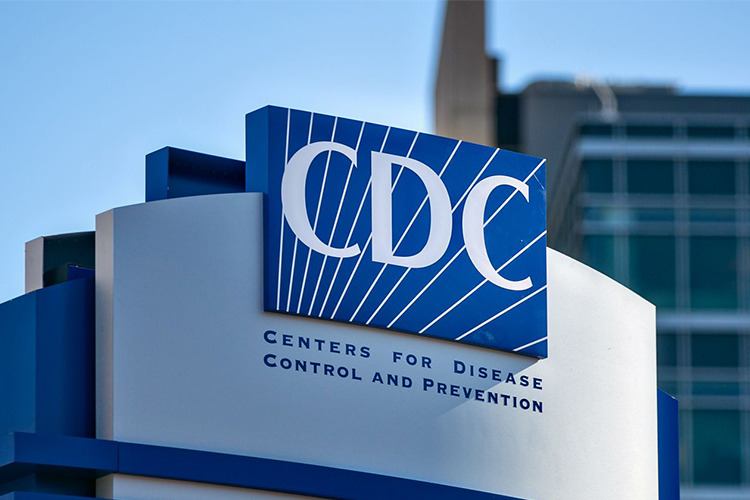
The building where the CDC works to change and protect the lives of everyday Americans. photo from Jason Armond/Los Angeles Times
Due to the rise in COVID-19 cases, the Center for Disease Control and Prevention (CDC) has updated its guidelines regarding quarantine and isolation.
Coming off of the largest spike in COVID-19 cases since the pandemic began, the Center for Disease Control and Prevention (CDC) held a press release on December 27th, 2021, detailing new guidelines regarding quarantine and isolation. The guidelines detail a significant change in isolation regulations as they shorten the isolation period from ten days to five days for patients who are asymptomatic or have been without a fever for over 24 hours, followed by wearing a mask for the additional five days when in public.
Additionally, the CDC details a different recommended isolation and quarantine period for vaccinated and unvaccinated people. The CDC shares these new guidelines via their official website, stating that those who are unvaccinated or are have received their second mRNA vaccination dose within the last six months should “quarantine for five days followed by strict mask use for an additional five days” after being in close contact with someone who has tested positive for COVID-19. On the other hand, those who have received their booster shot are not required to quarantine after exposure, but they should still wear a mask for at least ten days.
According to a released media statement from the CDC, the decision to lower the isolation period came after new research showed that the Omicron variant, which makes up for about 73% of new infections, is most transmittable during the “early periods of infection.” More specifically, data from “113 studies [in] 7 different countries” show that COVID-19 transmission generally occurs “in the 1-2 days prior to the onset of symptoms and the 2-3 days after.” As the Director of the National Institute of Allergy and Infectious Diseases, Dr. Fauci said to CNN’s Jim Acosta, “With the sheer volume of new cases that we are having and that we expect to continue with Omicron, one of the things that we want to be careful of is that we don’t have so many people out.” The main goal of implementing these new mandates is to make sure people “get back to their jobs, particularly the essential jobs, to keep society running smoothly.”
However, the newly published guidelines have triggered a huge backlash from media and scientists alike who question the accuracy and safety of these shorter isolation rules. On January 5th, just over a week after the CDC published its press release, the American Medical Association (AMA) released a statement criticizing the new guidelines as being “not only confusing but are risking further spread of the virus.” CDC Director Rochelle Walensky responded to this criticism saying that “this virus has changed and is constantly throwing us curve balls, [thus] as this virus changes, the science changes.” Nevertheless, the AMA continued to criticize the CDC, citing that “an estimated 31% of people remain infectious five days after a positive COVID-19 test,” and with millions of people continuing to test positive, “tens of thousands—potentially hundreds of thousands of people—could return to work and school infectious.” Acknowledging the possibility of longer-lasting transmission times, Doctor Henry Walke, the Director of the Center for Preparedness and Response at the CDC offered a solution: “wearing a well-fitting mask after those five days of isolation.”
Despite the pushback, Director Walensky told the Associated Press that by implementing these new guidelines we will be able to “safely continue to keep society functioning” at its highest level. Although the new year didn’t start as most of us expected, the CDC hopes to make 2022 the year where life returns back to normal.